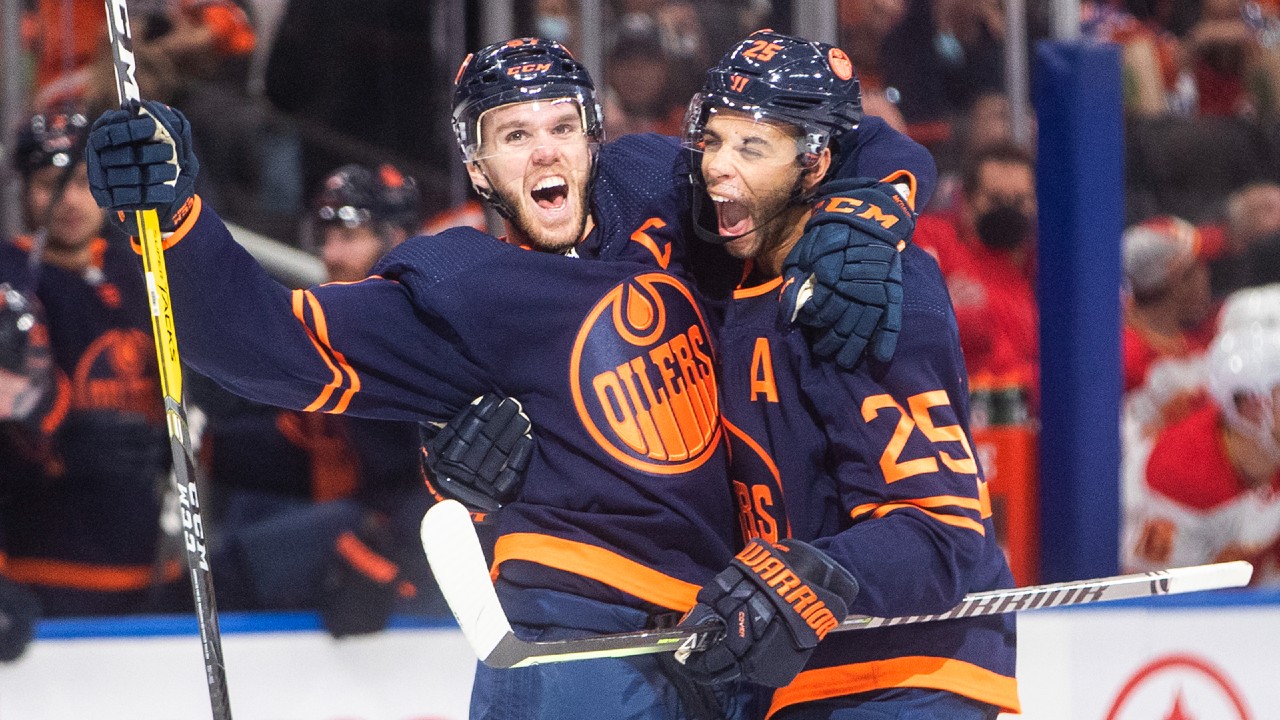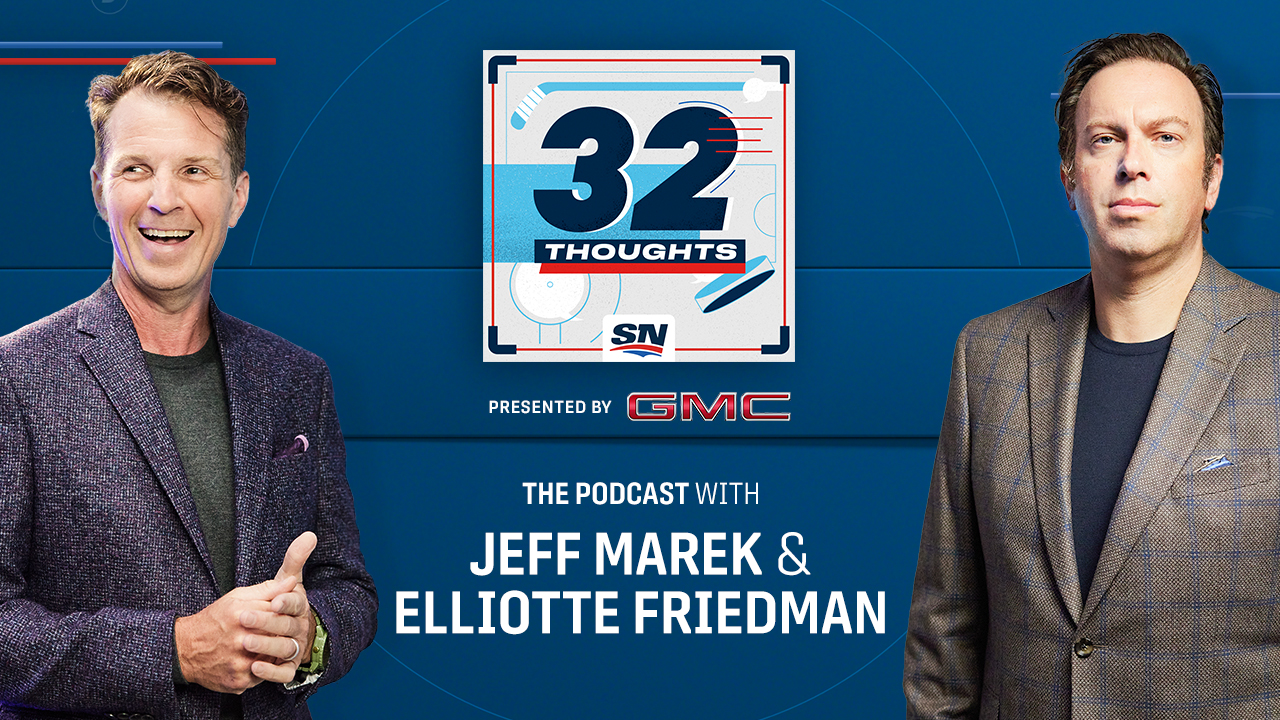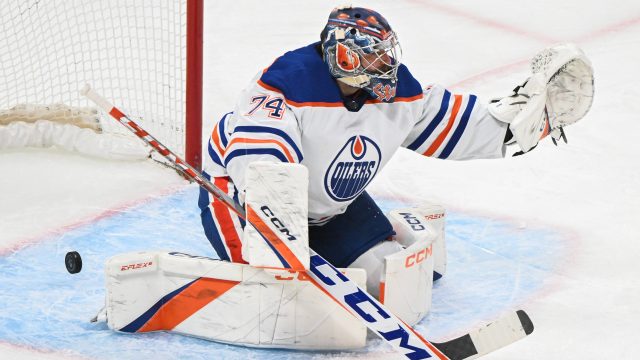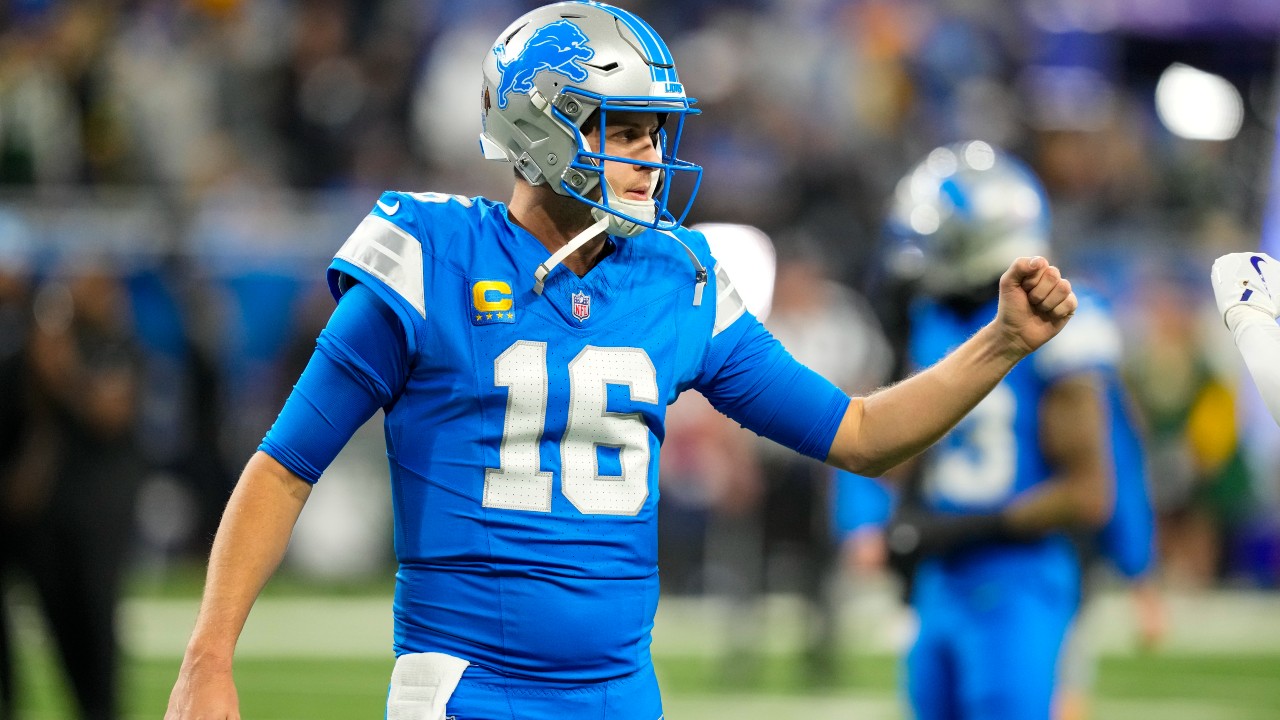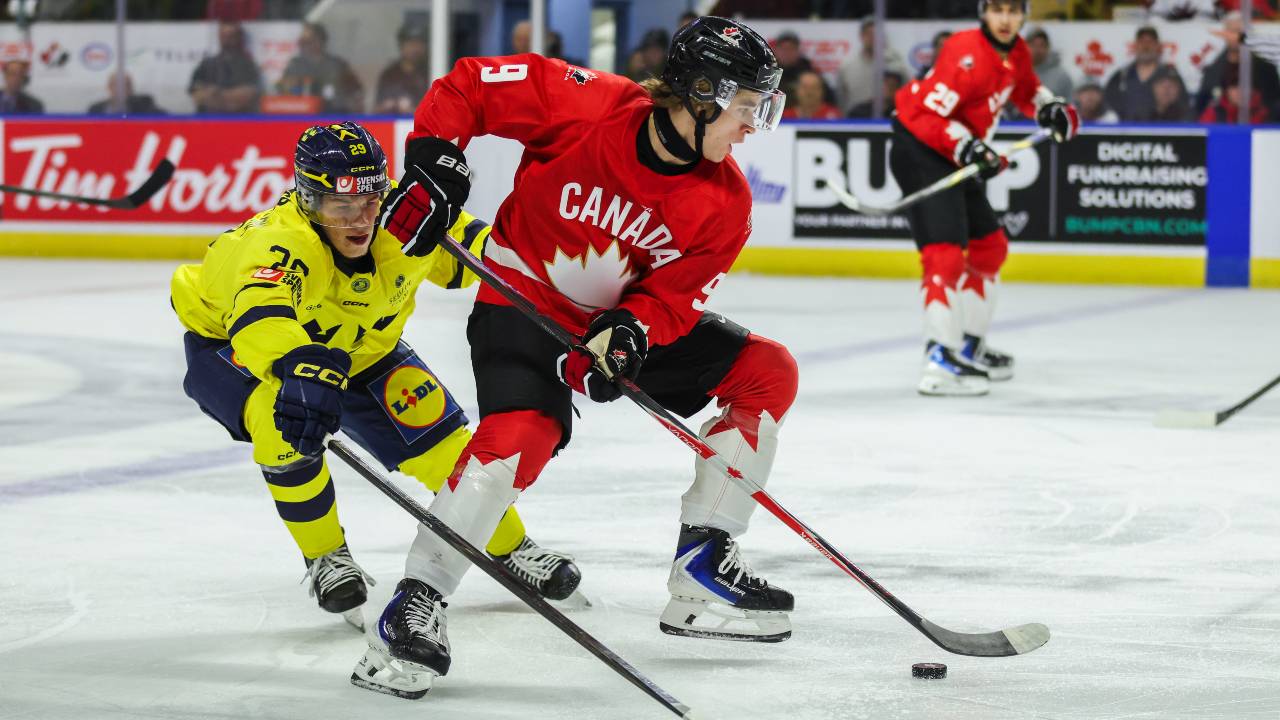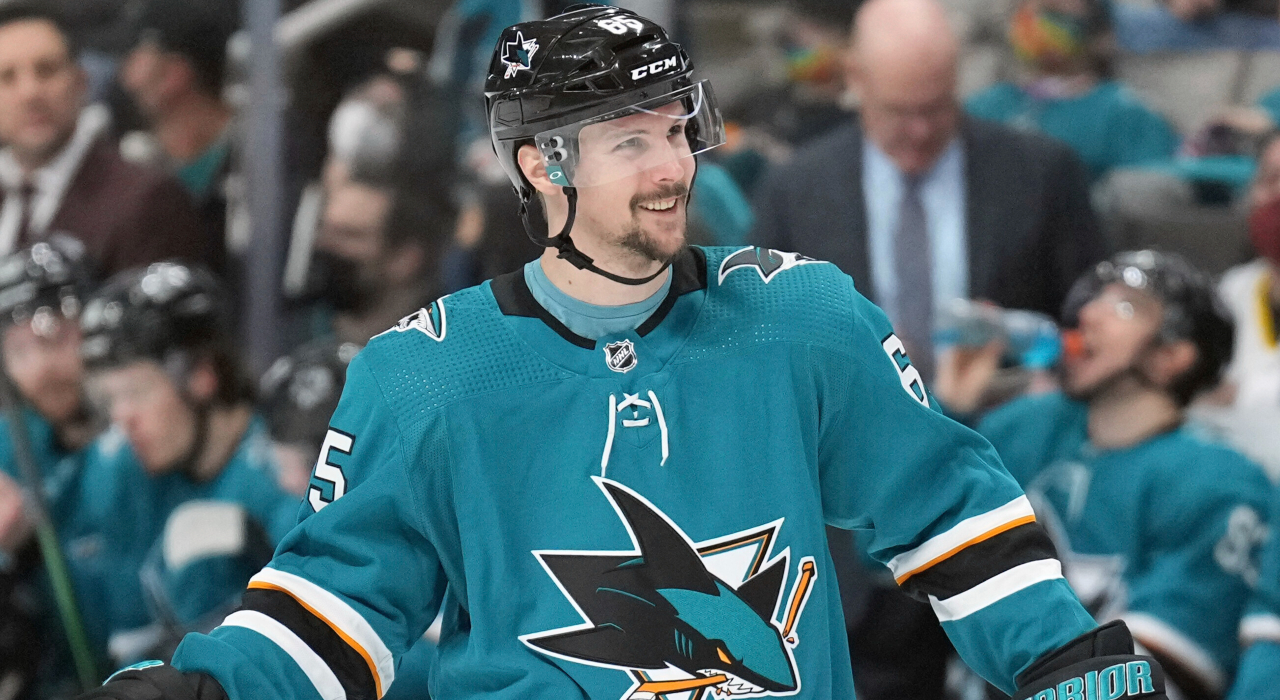
EDMONTON — What are the chances that the capped out Edmonton Oilers will add defenceman Erik Karlsson and his $11.5-million cap hit to their roster by the March 3 trade deadline — and for the next four seasons?
Well, it’s kind of like how the analytics folks can turn a struggling player into a team’s “best defensive forward.”
You can invent the math that makes sense out of a Karlsson to Edmonton trade, but it doesn’t mean that math is based on any sort of reality.
It all starts with the San Jose Sharks, who would have to retain about $4 million of Karlsson’s contract for any trade to work between the capped out Oilers and rebuilding Sharks. However, nothing of the sort has ever happened in the NHL’s salary cap history — let alone between two teams in the same division.
According to Puckpedia.com, whose data goes back to 2019, the most seasons ever retained was when the Arizona Coyotes retained six years of Oliver Ekman-Larsson at $990,000 per season after a trade to the Vancouver Canucks. The Oilers retained four years on Milan Lucic, but that was only $750,000 per season after a trade to the Calgary Flames. The fee runs out with Lucic’s contract at the conclusion of this season.
Only four times in NHL history has a team retained $4 million in a trade, in deals involving Claude Giroux, Taylor Hall, Nick Foligno and Eric Staal. In each case however, those players were in the final year of their contracts when the deal was consummated, so in reality, the retaining team only ate salary and cap space from the trade deadline onwards.
The only roughly similar retention was when San Jose retained $2.64 million on Brent Burns for three years, a hit that has two years remaining. Nothing even close to four years and $4 million has ever happened before.
But, let’s talk this out anyhow.
What if the Sharks don’t retain any money? Why can’t Edmonton just trade enough salary to San Jose to make this deal happen?
OK, let’s make the money work:
Edmonton gets: Erik Karlsson ($11.5 million).
San Jose gets: Tyson Barrie ($4.5 million), Jesse Puljujarvi ($3 million), Warren Foegele ($2.75 million), Derek Ryan ($1.25 million).
In their most recent game, the Oilers had a 22-man roster. Make the above trade — and we haven’t even added in any players and picks that San Jose wishes to acquire — and the Oilers would be capped out with just 19 players on their roster.
Of course, the Sharks would want more than Barrie and a bunch of depth forwards in return. Along with a first-round pick, if they ask for a roster player like Philip Broberg, Dylan Holloway or Evan Bouchard, that would leave the Oilers with 18 players under their cap.
“We’re at the cap with 21 players,” reminded Oilers GM Ken Holland on Monday. “Not 23 players. Twenty-one players.”
So, clearly, the Sharks have to retain salary. At least $4 million, we’d say.
Honestly, the dream of Holland being able to orchestrate a deal as rich as this one — for a player of Karlsson’s pedigree with four years remaining on his contract — is pure fantasy. Maybe in the summertime, but not mid-season.
Holland could finagle a trade for a Patrick Kane or Timo Meier — players with high AAV’s but on expiring contracts. Or he could do a deal for someone with a lower salary and some remaining term — but not so high an AAV that a team would balk at retaining.
Like a Joel Edmundson, who makes $3.5 million for this year and next. Send the Montreal Canadiens Puljujarvi and a first-rounder in 2023, and maybe they would retain the necessary $500,000 to make the deal work.
But that’s a far cry from eating $16 million so a divisional foe can take a run at a Stanley Cup, as San Joe would be asked to do.
So, how did Holland find himself here?
Well, he had some cap space last summer, and knowing that he was going to have to dip deep into long-term injury space with Oscar Klefbom and Mike Smith not able to play, he did what every GM would do: He spent to the max.
“We re-signed Evander Kane,” he began. “We made a decision to go in the marketplace and signed a No. 1 goaltender in Jack Campbell. We made a decision to re-sign Brett Kulak, and I feel really good about all those decisions.
“But all those decisions I’ve made is that as we approach the trade deadline — for the most part — we are dollar in, dollar out.”
The summer before, Holland struck excellent deals with Ryan Nugent-Hopkins ($5.125 million AAV) and Zach Hyman ($5.5 million), at least in the short term. Both players are on pace for 90-point seasons.
He’s got the young, cheaper players on his roster who are helping in Broberg, Holloway, Bouchard, Ryan McLeod, Vincent Desharnais, Klim Kostin and Stuart Skinner.
The forwards at the top of his payroll — Connor McDavid and Leon Draisaitl — are one-two in NHL scoring. His highest paid defenceman has had his struggles, but Darnell Nurse gives the Oilers 24 minutes a night, leads them at plus-15, and his 27 points trail only power-play quarterback Tyson Barrie.
Like Holland or not, by and large his work here has been pretty tidy.
But can he afford to make a major splash on an $11.5 million player come March 3?
Only in a fantasy world, folks. Only in a fantasy world.



